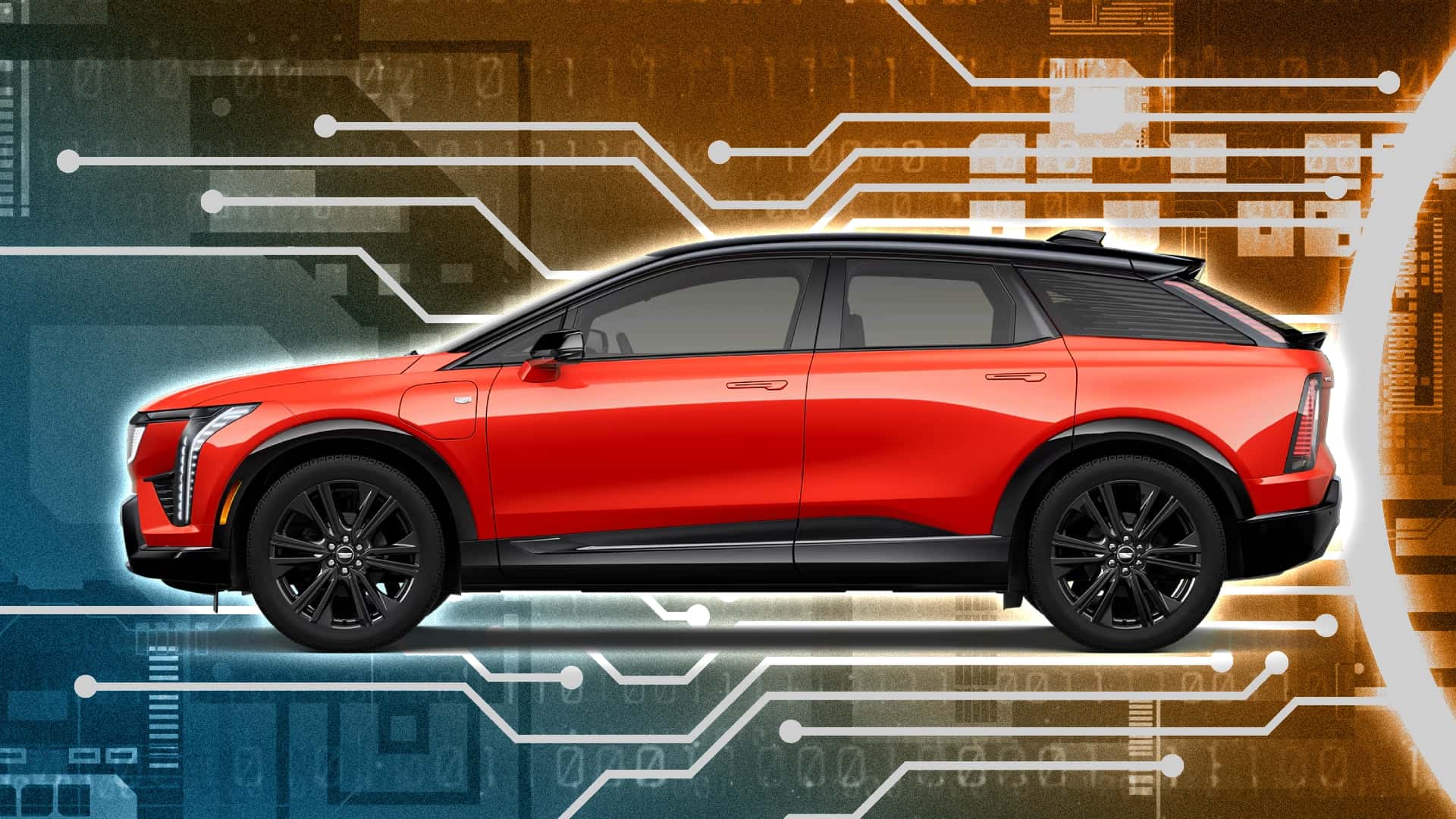
"General Motors' EV platform is perhaps the ultimate example of EV motor flexibility. It's able to accommodate RWD, FWD or AWD drivetrains with ease, with the Chevrolet Blazer EV offering all three drivetrain options. Photo by: Cadillac Now, that flexibility is yielding quick changes. The Cadillac Optiq, the luxury brand's smallest EV crossover, has only been on sale for about a year, but it's getting serious updates for 2026."
"It's uncommon for a car to switch drive wheels without a totally new model generation. So while on the media launch of the new Cadillac Optiq-V, I had a sit-down with one of the engineers to find out just why Cadillac decided to go rear-drive after one year. It's because of the speed-focused Optiq-V, for starters. Oh, and AI played a big part in getting it done so fast."
Electric motors and power electronics are much smaller than internal combustion engines, enabling flexible packaging and placement of motors in EVs. GM's EV platform accommodates RWD, FWD, and AWD drivetrains with minimal reengineering. The Chevrolet Blazer EV demonstrates that flexibility by offering all three drivetrain options. The Cadillac Optiq launched as a front-biased AWD model, but Cadillac reconfigured the model lineup for 2026. The lineup now includes a standard RWD base model and a new rear-biased AWD configuration focused on performance. The rear-biased change primarily supports the speed-focused Optiq-V. Artificial intelligence played a major role in accelerating development.
Read at insideevs.com
Unable to calculate read time
Collection
[
|
...
]